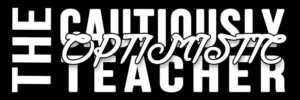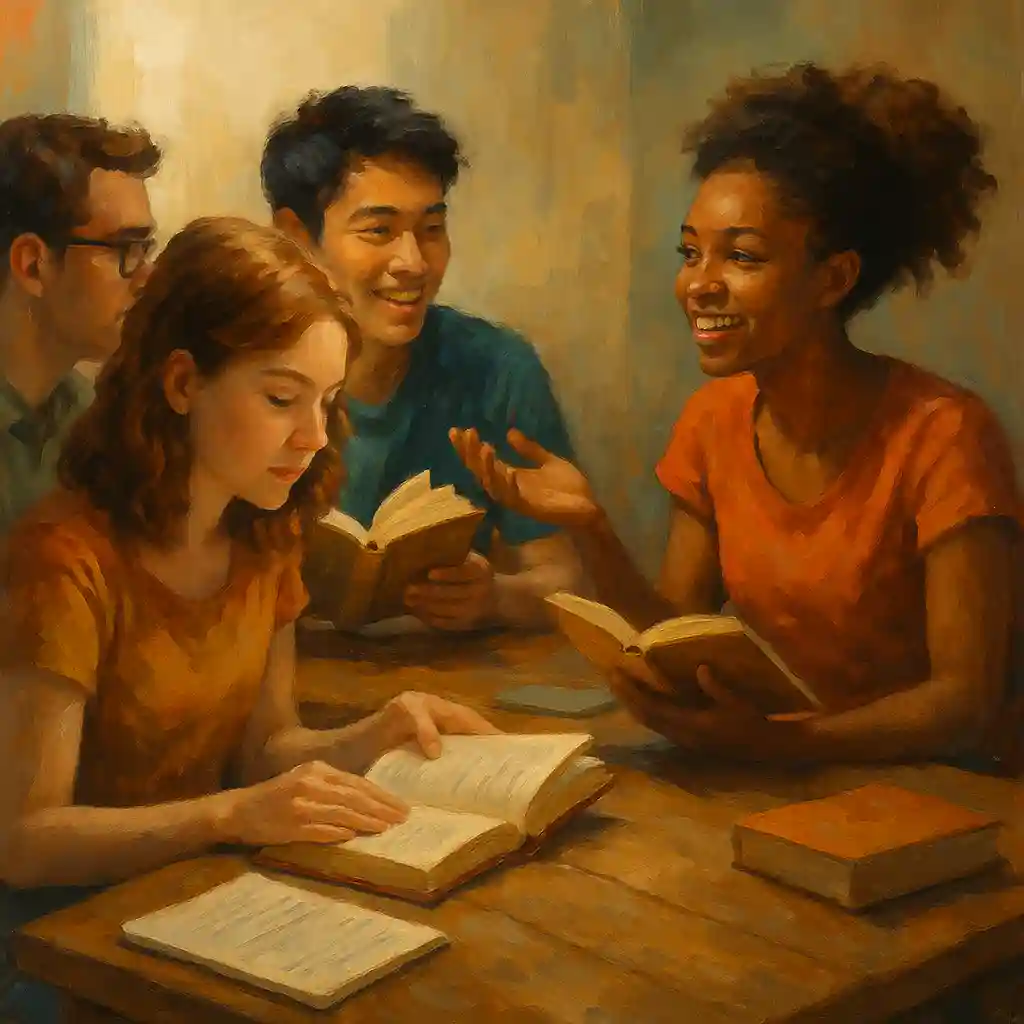There’s something exciting about the first day of literature circles—fresh books, fresh starts, and that spark of curiosity in the air. Today’s lesson helps students not only dive into their new novels but also set meaningful goals for their reading journey. By the end of class, students will have their books, a schedule, and a shared sense of purpose for what they hope to discover.
Distribute Books
Start by handing out the novels that each group selected. This is a great opportunity to let students feel a sense of ownership and anticipation—encourage them to take a moment to look through the first few pages, the back cover, and any author notes. A few words of excitement from you can go a long way here!
Optional teacher prompt:
“Take a minute to explore your book. What kind of story do you think you’re about to experience? What grabs your attention first?”
Create a Reading-Section Schedule
Use this template to help students get organized.
Now that students have their books, it’s time to plan their reading. Each literature circle should divide their novel into five parts, one for each reading session in the upcoming weeks.
Encourage groups to:
Look at the total number of pages.
Divide them into roughly equal sections.
Write the page numbers for each section clearly on a group reading chart or in their notebooks.
Once the group agrees on the divisions, have them record deadlines for completing each section. This will help students stay organized and accountable.
Teacher tip: Encourage students to plan ahead for holidays, busy weeks, or school events. Flexibility early on prevents last-minute panic later.
Write Lit Circle Goals
Here’s where the real reflection begins. Students should write two or three goals for their lit circle experience. Frame this as a chance for them to think about both what they want to learn and what they want to feel while reading.
You can model your own examples first, such as:
I want to understand how the author builds suspense through multiple perspectives.
I want to feel empathy for a character whose experiences are different from mine.
I want to get better at discussing theme and symbolism in a group setting.
Encourage groups to discuss their goals collectively after they write them. This helps establish a shared purpose for their meetings and makes their discussions more meaningful.
Teacher prompt:
“What do you want this book to do for you? Should it make you think, make you feel, or help you understand something new about the world?”
Silent Reading
Once everyone’s books are distributed and goals are set, it’s time for some quiet reading. Give students 15–20 minutes to begin their novels and get familiar with the tone, style, and characters.
Encourage them to jot quick thoughts or questions in their notebooks—anything that stands out or confuses them early on will become great discussion material later.
Grammar Mini-Lesson: Indirect and Direct Objects
Transition from reading to grammar with a quick introduction to direct and indirect objects.
Today’s grammar focus is on direct and indirect objects—two parts of a sentence that help us understand who or what is receiving the action. For example, in the sentence “Maria gave Liam the book,” “the book” is the direct object (the thing being given), and “Liam” is the indirect object (the person receiving it). Understanding how these work will help students improve sentence variety and clarity in their own writing.
Wrap-Up
By the end of today’s lesson, students should:
✅ Have their assigned books in hand.
✅ Know the five reading sections and due dates.
✅ Have written meaningful lit circle goals.
✅ Have started reading and reflecting.
✅ Be introduced to direct and indirect objects for upcoming grammar practice.
Tomorrow’s class will build on these foundations as students prepare for their first lit circle meeting.

